3 great ways to capture stories at a family reunion
What other occasion will you have access to so many branches of your family in one place? Family reunions are optimal times for gathering family history—and if you go in with a plan, you’ll be able to preserve stories AND have a great time!
Family reunions are a great way to create a sense of community and belonging, visit with distant relatives, make new friends and connections, and even to pass down family history and traditions. At your next big familial gathering, why not be intentional about collecting family stories with these ideas for making story preservation fun and easy:
Then, enjoy these tips for ensuring your stories are properly preserved (and shared!) PLUS some bonus ideas for even more family reunion family history activities!
1 - Set up a mobile story recording booth.
Okay, not a booth, necessarily, but an area dedicated to recording family members’ stories is fairly easy to create:
Choose somewhere as quiet as possible (a separate room if your reunion is at least partially indoors, or a picnic table set apart from the group under a shady tree, for example, if the reunion is outside).
Set up a recorder of some kind—it can be an audio recording app on your phone (I recommend using two just in case one has technical difficulties) or a camera atop a tripod set to record video (in which case I recommend having a designated person to mind the camera).
Create a sign-up sheet and encourage as many of your family elders, in particular, to pick a time slot and share some stories! You may wish to create this in advance of the reunion, or else invite people to sign up as they arrive.
Provide a list of a few questions or story prompts to give story sharers ideas of what to talk about, or choose a single theme for all storytellers to stick to (think “Growing up as a Smith,” “Childhood memories,” or “Family food memories”).
You may want to have storytellers share their stories with no audience (in other words, speaking directly to the recording device on their own)—a good option if you or another individual doesn’t want to be tied to this activity all day. However, I find that having an engaged listener helps a storyteller tremendously—so consider having pairs of family members enter your “booth” to swap stories with one another. A great option is to have younger family members interview family elders—a grandchild interviewing a grandparent, for instance, or a younger sibling interviewing their older sibling. You want an interesting dynamic, certainly, but most importantly you want to have a genuinely curious listener asking questions and prompting stories from their partner.
Lastly, create a set of directions—something as simple as:
At the beginning of your recording, introduce yourself: Say your name and spell it out completely.
Say who your parents are and the names of your children, if applicable.
Answer one or two of the following questions with a favorite memory or story from your life [then include a brief list of prompts or questions].
2 - Hire a professional personal historian to conduct short interviews with interested family members.
In this case, you may be following a process similar to that outlined above, but with a professional interviewer collecting oral histories. Going this route allows you to both feel assured your family history is getting recorded and also to relax and enjoy your reunion visiting with relatives.
Please reach out if this is something you are interested in—if you are in the greater New York–New Jersey region, I may be able to assist you; and if you are located elsewhere, I can likely refer you to a colleague I trust closer to your home.
3 - Get the family writing in advance with a fun reunion-day twist.
Invite family members to write one story from their life before the reunion but without putting their name on it. To make it easy and fun, give a few specific writing prompts that they can choose from, as well as a suggested word count. For example—
Write 300-750 words about:
A favorite story from your childhood that makes you smile or feel proud
A story about interacting with one of your parents or grandparents where you learned a lesson or understood something anew
A story about a time you felt loved and special
A story about a time you failed at something (it could be as small as doing poorly on a test or as big as losing a job or making a bad decision) and how you dealt with it
Do NOT sign your name or use names of your family members in your story (instead, say “my mother” or “my sister,” etc.).
To make this writing activity come to life during your family reunion: You, as the organizer of this family story-gathering activity, compile all the stories submitted by family members into a basic book (it can be as simple as a printed Google doc or photocopied pages of their handwritten accounts). Number each contribution clearly. Place this story book in a central location, and invite guests to guess who wrote each entry (you may want to pass out paper and ask them to cast their votes on it; or, if there aren’t too many stories, invite younger members of the family to read them aloud and have everyone yell out their guesses as to who the original author is).
Ensure the stories gathered at your family reunion are preserved.
Whichever approach you take to gathering stories from your extended family, it is critical that you do something to ensure those stories are preserved:
If they were recorded orally, have a plan for transcribing those oral histories (AI transcription services such as Otter.ai have made this easier than ever).
If they were written for the guessing game described above, designate one person to take notes as to the ACTUAL authors of each story, and create a new version of your simple book with all people properly identified in each story.
Make your final project accessible to everyone in the family. These stories are part of their legacy, and may in fact serve as an impetus for future life writing and genealogy research.
Consider adding photos and having your book professionally designed and printed so it becomes a tangible family heirloom that can be passed down to the next generation (and, dare I say, used as a prompt for telling MORE stories at your NEXT family reunion!).
A few more ideas for documenting family history at your family reunion
Ask everyone to share a family recipe (which you can compile into a book or distribute via a shared Google document).
Set up a computer station with the de facto family historian’s Ancestry or Family Search account set up for viewing—and include a pad of paper where extended family members can answer genealogy questions or share memories.
Ask everyone to bring one (or a few) of the oldest family photos in their personal collection to be scanned by a family volunteer—all they need is a smart phone and an app such as Google Photo Scan or Photomyne; just be sure to clearly name the image files with the names of everyone in the photograph and any key details (date, location, etc.). Ideally, all of these photos will be made available to the group via software such as a shared Google Photos album or a service such as Forever or Permanent.org.
Create a shared digital space for everyone to upload photos they took during the reunion (family history in the making!).
Get your free guide of Essential Family History Questions
All the best family history interview questions to capture their (or your!) stories, in a beautiful printable guide
I hope that as you are having fun and strengthening bonds at your next family reunion that you will take some time to proactively record history in the form of memories and stories! Let me know if you have any questions or would like to hire a professional personal historian to guide the story sharing.









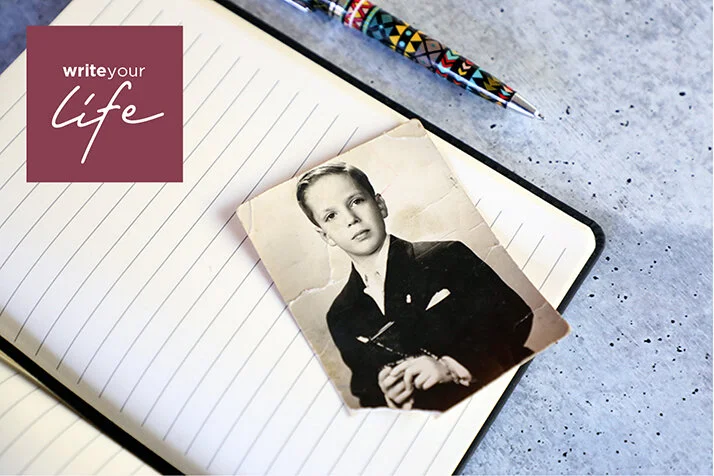






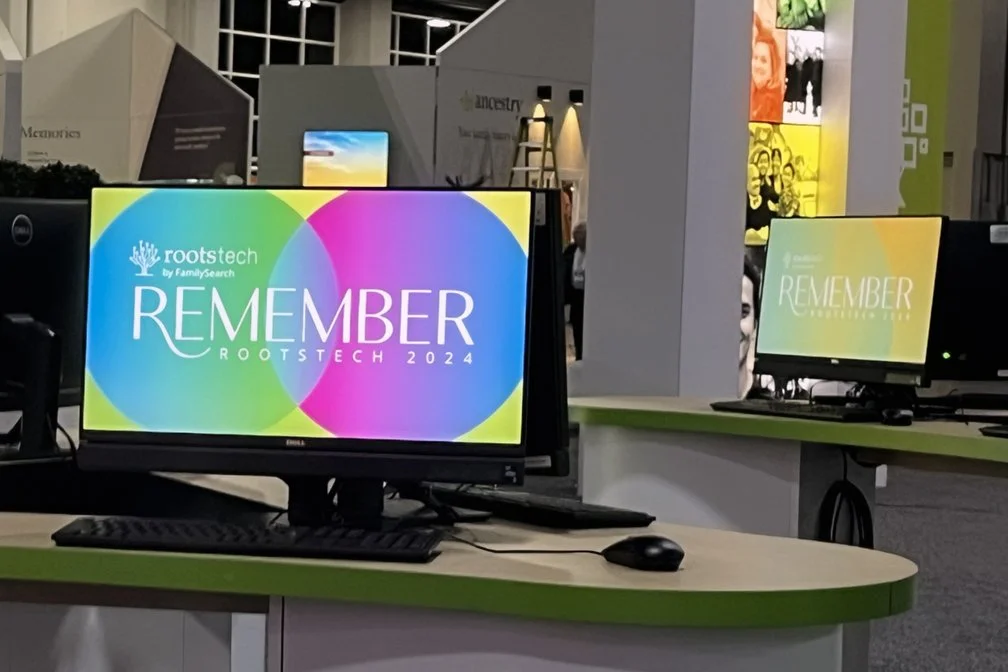










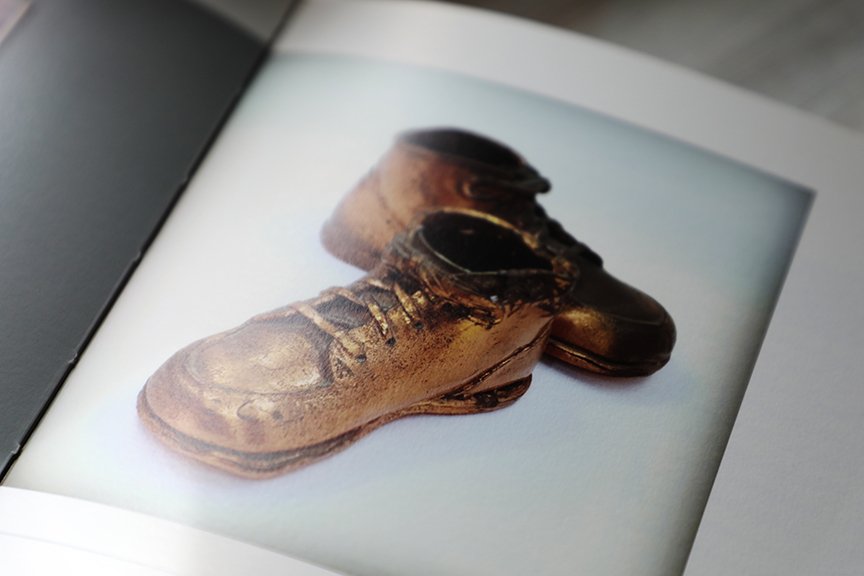
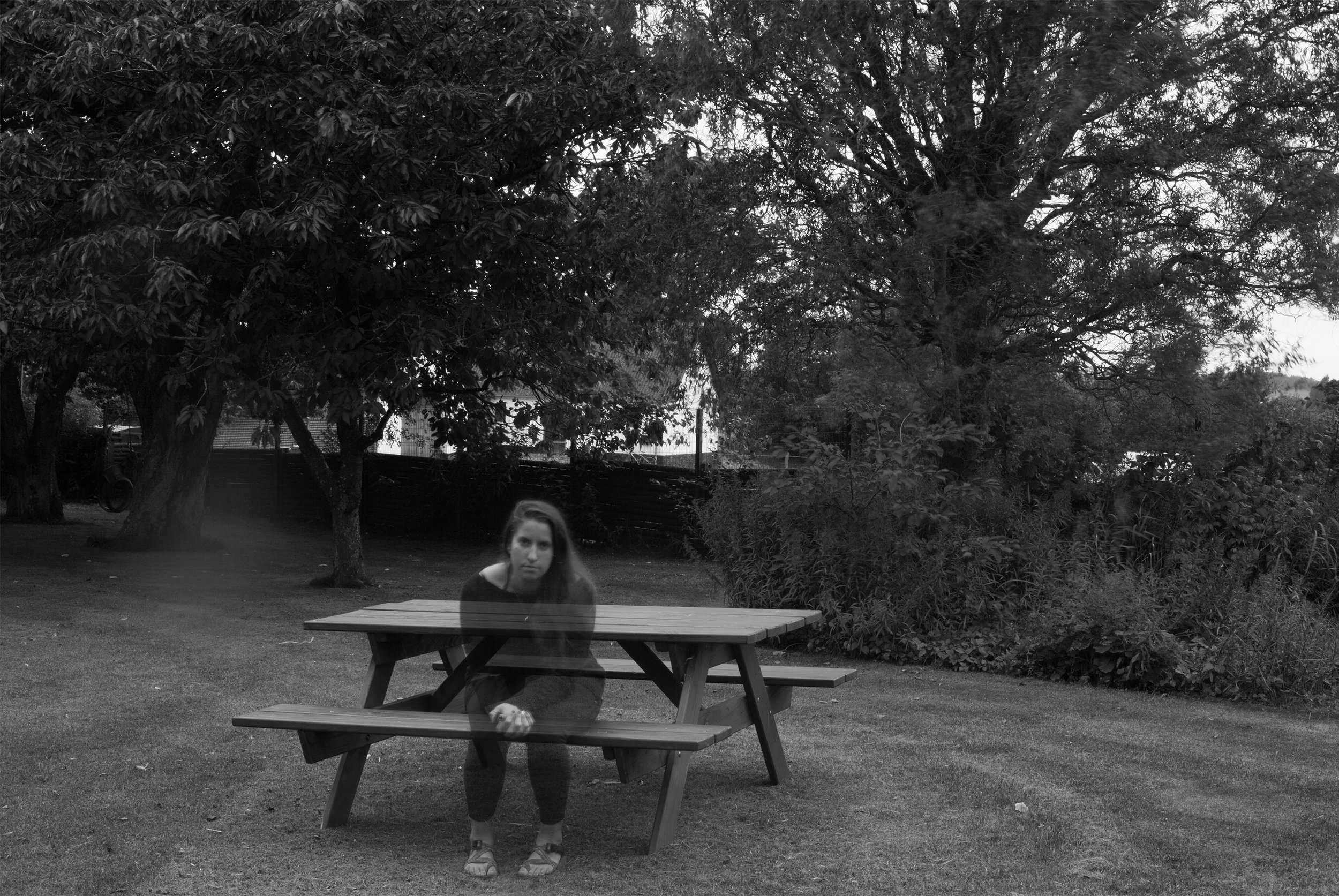

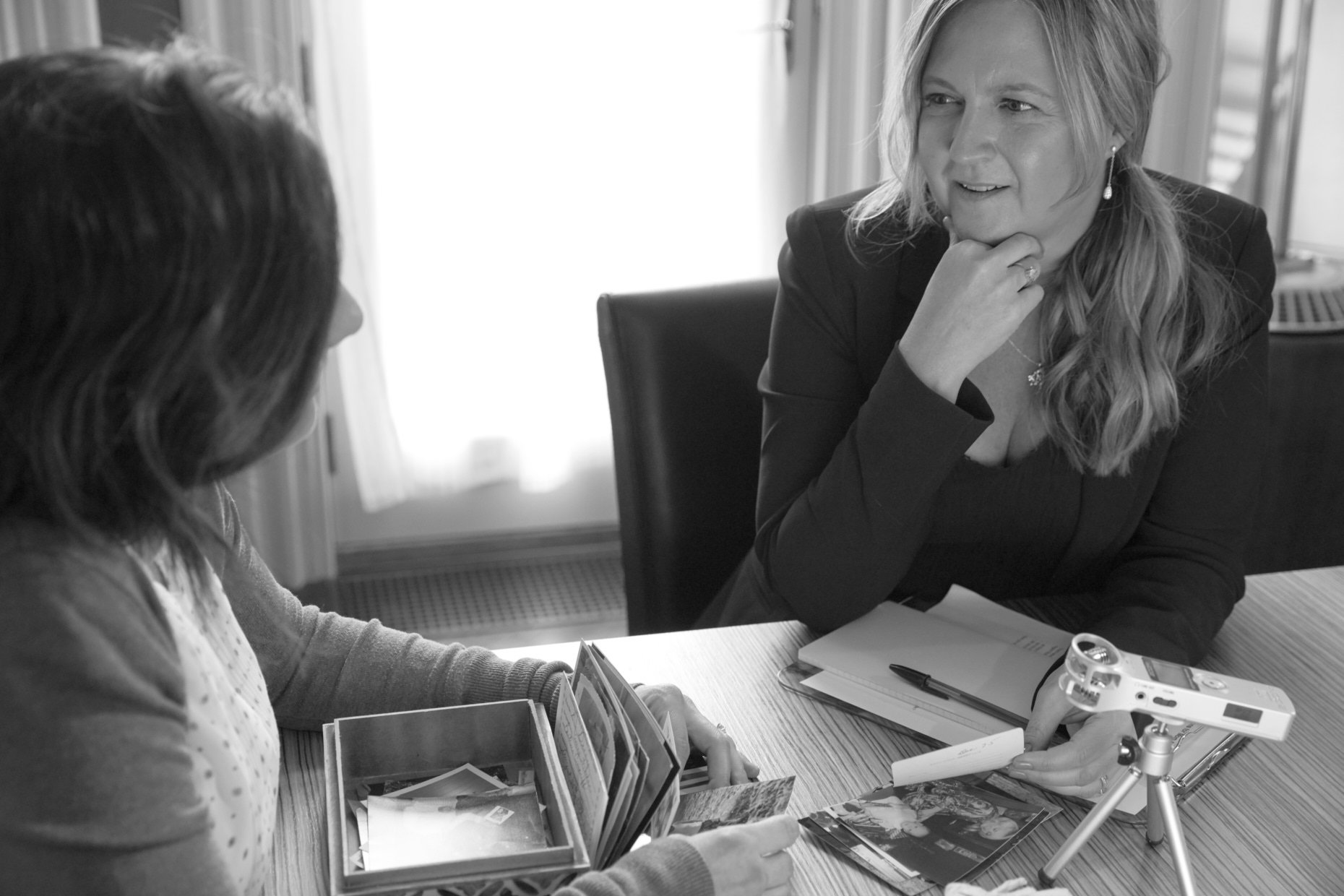
I hope these quotes from my commonplace book remind you why family history and stories of our ancestors matter—and why now is always the best time to delve in.